Gutters are an integral part of every building, yet their history is often overlooked. These humble channels have played a crucial role in managing rainwater for centuries, evolving from primitive trenches to sophisticated systems. In this article, we delve into the fascinating history of gutters, tracing their journey from ancient civilisations to the modern era, while highlighting the eco-friendly benefits of seamless aluminium guttering.
Ancient Origins
The history of gutters can be traced back to ancient civilisations such as the Egyptians, Greeks, and Romans. In these early societies, simple drainage systems consisting of stone channels were used to redirect rainwater away from buildings and roads. These primitive gutters were essential for preventing erosion and water damage to structures.
Medieval Innovations
During the Middle Ages, gutter technology experienced significant advancements. In Europe, architects began incorporating wooden gutters into the design of castles, monasteries, and other medieval structures. These early gutters were typically made from hollowed-out logs or planks and were designed to channel rainwater into designated drainage areas.
Renaissance Refinements
The Renaissance period saw further improvements in gutter design and construction techniques. Wealthy homeowners in Europe began installing lead gutters, which offered superior durability and corrosion resistance compared to wood. These elaborate gutter systems were often adorned with intricate designs and became status symbols among the aristocracy.
Industrial Revolution
The advent of the Industrial Revolution in the 18th and 19th centuries brought about significant changes in gutter manufacturing. Mass production techniques enabled the widespread use of materials such as cast iron and galvanised steel for gutter construction. These sturdy materials allowed for the creation of larger and more efficient gutter systems to accommodate the growing urban populations.
The Rise of Modern Gutters
The 20th century witnessed the rise of modern gutter systems as we know them today. Innovations such as seamless aluminium gutters revolutionised the industry, offering improved performance, easier installation, and eco-friendly benefits. Seamless aluminium guttering is made from recycled materials, reducing the need for new resources and minimising environmental impact. Additionally, aluminium gutters are highly durable and resistant to corrosion, ensuring long-term sustainability.
Environmental Concerns
In recent years, there has been a growing emphasis on eco-friendly gutter solutions. Sustainable materials such as recycled aluminium and copper are increasingly being used in gutter manufacturing to reduce environmental impact. Seamless aluminium guttering, in particular, has gained popularity as a sustainable option due to its durability, recyclability, and energy-efficient production process. By choosing seamless aluminium gutters, homeowners can contribute to environmental conservation efforts while also enjoying the benefits of efficient rainwater management.
Future Trends
Looking ahead, the future of gutters is likely to be shaped by technological innovations and sustainability initiatives. Smart gutter systems equipped with sensors and automated controls are poised to revolutionise rainwater management, allowing for more efficient water distribution and maintenance. Furthermore, the integration of green infrastructure principles into gutter design could lead to the development of eco-friendly gutter solutions that blend seamlessly with natural landscapes.
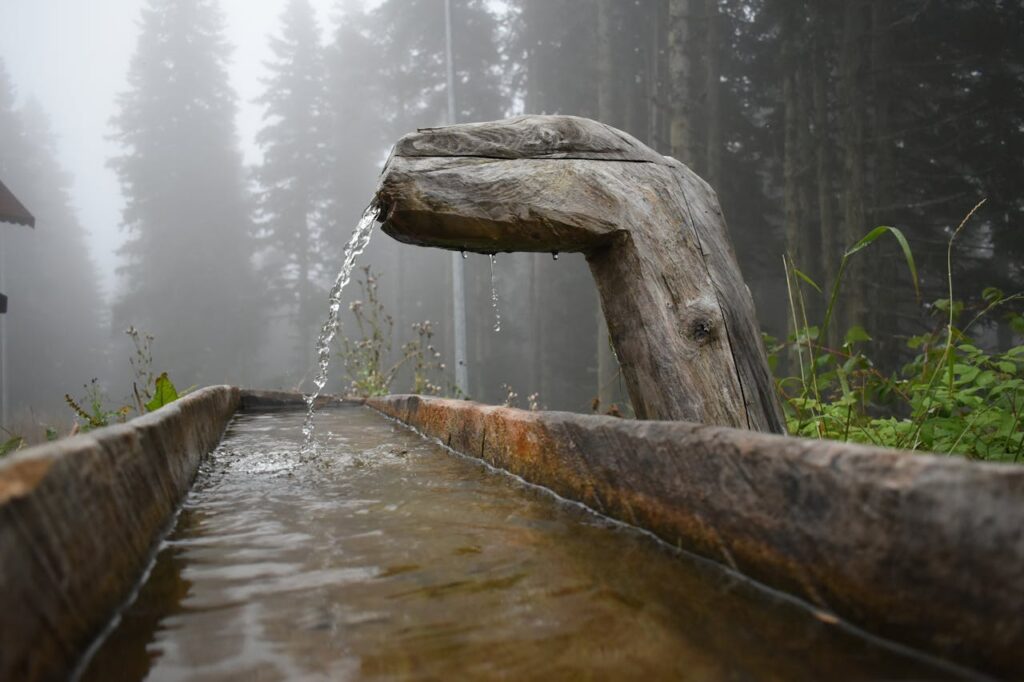
From ancient drains to modern rainwater solutions, the history of gutters is a testament to human ingenuity and adaptability. Over the centuries, these humble channels have evolved to meet the changing needs of society while embracing eco-friendly practices. As we continue to innovate and prioritise sustainability, seamless aluminium guttering stands out as a leading solution for efficient rainwater management that benefits both homeowners and the environment.


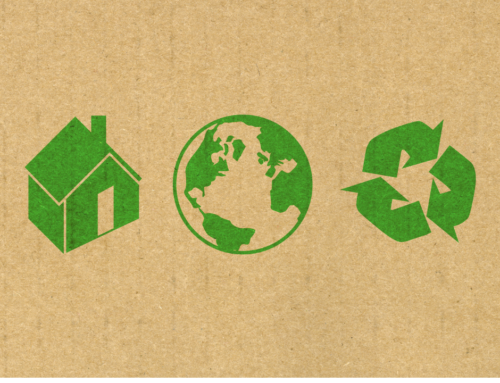

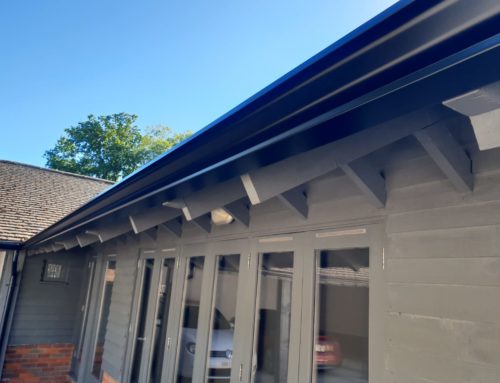
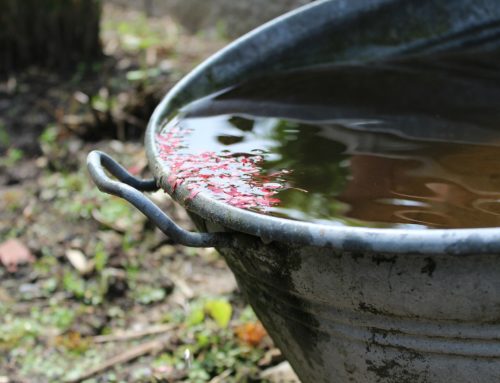
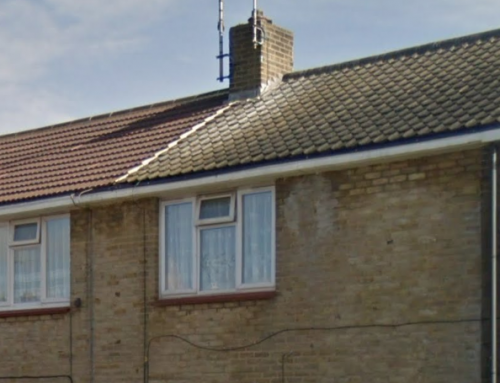
Leave A Comment